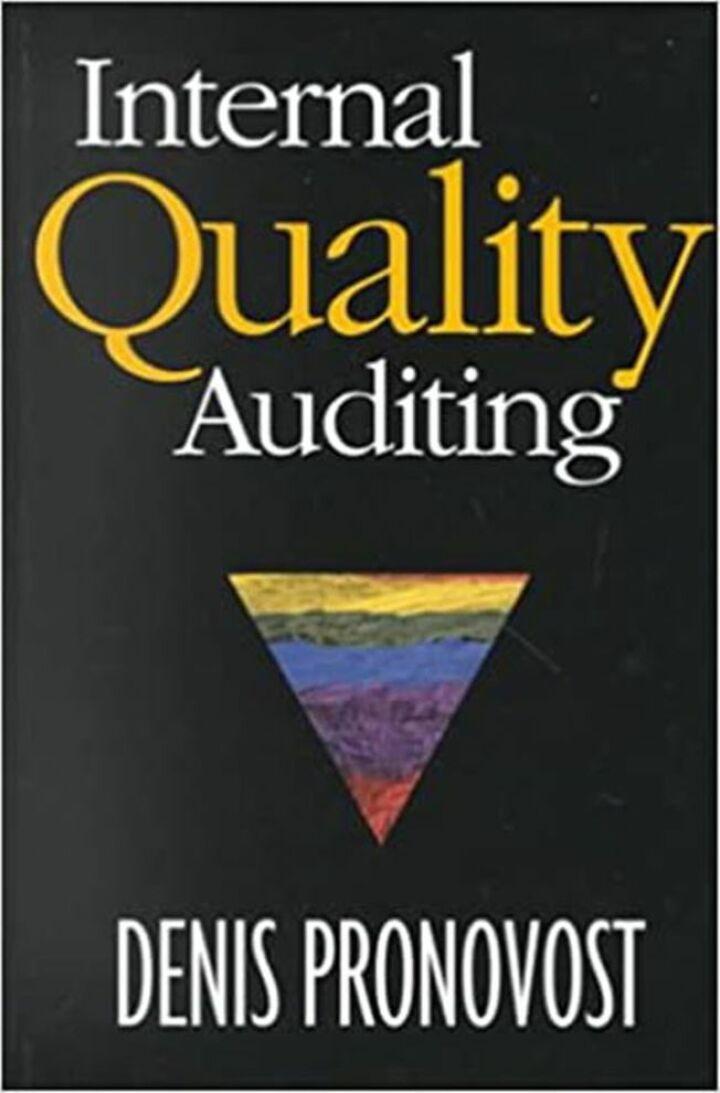Chapter 7 PROBLEM 7-25 Utilization of a constrained Resource (LO 7-5, LO 7-6) The Walton Toy Company manufactures a line of dolls and a doll dress sewing Kit Dem dolls is increasing, and management requests assistance from you in determining am sales and production mix for the coming year. The company has provided the following and dolls and a doll dress sewing kit. Demand for the u in determining an economical Product Selling Price per Unit Debbie Trish Sarah .. Mike Sewing kit .... Demand Next Year (units) 50,000 42,000 35,000 40,000 325,000 $13.50 $5.50 $21.00 $10.00 $8.00 Direct Materials $4.30 $1.10 $6.44 $2.00 $3.20 Direct Labor $3.20 $2.00 $5.60 $4.00 $1.60 The following additional information is available: a. The company's plant has a capacity of 130,000 direct labor-hours per year on a single-shift basis. The company's present employees and equipment can produce all five products. b. The direct labor rate of $8 per hour is expected to remain unchanged during the coming year. c. Fixed costs total $520,000 per year. Variable overhead costs are $2 per direct labor-hour. d. All of the company's nonmanufacturing costs are fixed. e. The company's finished goods inventory is negligible and can be ignored. Required: 1. Determine the contribution margin per direct labor-hour expended on each product. 2. Prepare a schedule showing the total direct labor-hours that will be required to produce the units estimated to be sold during the coming year. 3. Examine the data you have computed in requirements 1 and 2. How would you allocate the 130,000 direct labor-hours of capacity to Walton Toy Company's various products? 4. What is the highest total contribution margin that the company can earn if it makes optimal use of its constrained resource? What is the highest price, in terms of a rate per hour, that Walton Toy Company would be willing to pay for additional capacity (that is, for added direct labor time)? 6. Assume again that the company does not want to reduce sales of any product. Identify ways in which the company could obtain the additional output. (CMA, adapted) P7-25 Requirement 1. Debbie $ - Trish $ Sarah Mike - Sewing Kit $ S SS SS Direct Labor cost per unit: Direct Labor hours per unit (Cost per unit divided by 8 hours) (A) Selling Price: Variable Costs: Direct Materials: Direct Labor: Variable Overhead: Total Variable Costs: Contribution Margin (B) - $ $ $ $ $ - - - - - $ $ $ $ $ - - . - - $ $ $ $ $ . - . - S $ $ $ $ $ $ $ $ $ - Contribution margin per Direct Labor Hour (B divided by A) $ $ $ $ $ . Requirement 2 Estimated DLH per Unit Sales (decimals) (units) Product Total Hours Debbie: Trish: Sarah: Mike: Sewing Kit: Total Hours Required Requirement hours hours O hours hours O hours Amount of constrained resource available Less: Constrained resource required for production of 325,000 units of the Sewing Kit: Remaining constrained resources available: Less: Constrained resource required for production of 50,000 units of the Debbie doll: Remaining constrained resources available: Less: Constrained resource required for production of 35,000 units of the Sarah doll: Remaining constrained resources available: Less: Constrained resource required for production of 42,000 units of the Trish doll: Remaining constrained resources available: Less: Constrained resource required for production of the Mike doll: Remaining constrained resources available: hours O hours hours O hours hours O hours *Because the Mike doll has the lowest contribution margin per labor hour, the production should be reduced by: dolls Requirement 4. Sewing Kit S . Debbie S . s Unit Contribution Margin Original Production Plan Total Contribution Margin S Trish . - Sarah S . . Mike S . s. Requirement 5. Write your answer to Requirement 5 below: Requirement 6. Write your answer to Requirement 6 below










